| Coad | 670326 | Substrate | Liquid Crystal Polymer / N-BK7 | |
| Type | Planar Cylindrical Lens Array | Operating Temperature | -20 - 60℃ | |
| Dimension(mm) | 25.4 x 3.2 | Clear Aperture | 21.5mm | |
| Wavelength(nm) | 520 | Output Beam Profile | - | |
| Focal Length(mm) | 8 | Diffraction Efficiency | >98% | |
| Microlens Unit Size (μm) | 0.5 x 25.4 | Surface Quality | 60-40 | |
| Transmittance | >98% | Coating Type | AR Coating | |
| Coating Specifications | Ravg<0.5%@400-700nm | |||
LBTEK Planar Cylindrical Lens Array is a planar optical element based on the diffractive optical principle of liquid crystal polymers (LCP), designed for one-dimensional beam shaping and homogenization. It is composed of a polymer thin film combined with two N-BK7 window substrates, where the one-dimensional phase distribution in the polymer layer enables the function of a cylindrical lens array.
The beam modulation depends on both the polarization state of the incident light and the parameters of the cylindrical lens units. By adjusting the incident light to left-handed (or right-handed) circular polarization, the output beam can be transformed into right-handed circularly polarized light that first converges and then diverges (or left-handed circularly polarized light that diverges directly). The divergence or convergence angle follows the relation sinθ = λ/p, where λ is the design wavelength and p is the phase period of the unit cylindrical lens. By tuning the phase period of the lens units, the divergence angle can be flexibly controlled, enabling various specifications of one-dimensional beam shaping and homogenization.
The planar cylindrical lens array is designed for a single wavelength and is free of spherical aberration. The incident surface is coated with an antireflection (AR) layer, ensuring high transmission and diffraction efficiency. These features make the planar cylindrical lens array highly promising for applications in imaging, machine vision, and collimation of semiconductor lasers in scientific research fields.
LBTEK Planar Cylindrical Lens Array is fabricated on N-BK7 windows with a double-substrate structure, giving a total thickness of 3.2 mm. It provides uniform half-wave retardation across the entire clear aperture. The standard product includes a cut edge on one side, aligned parallel to the direction of the emitted line-shaped beam.





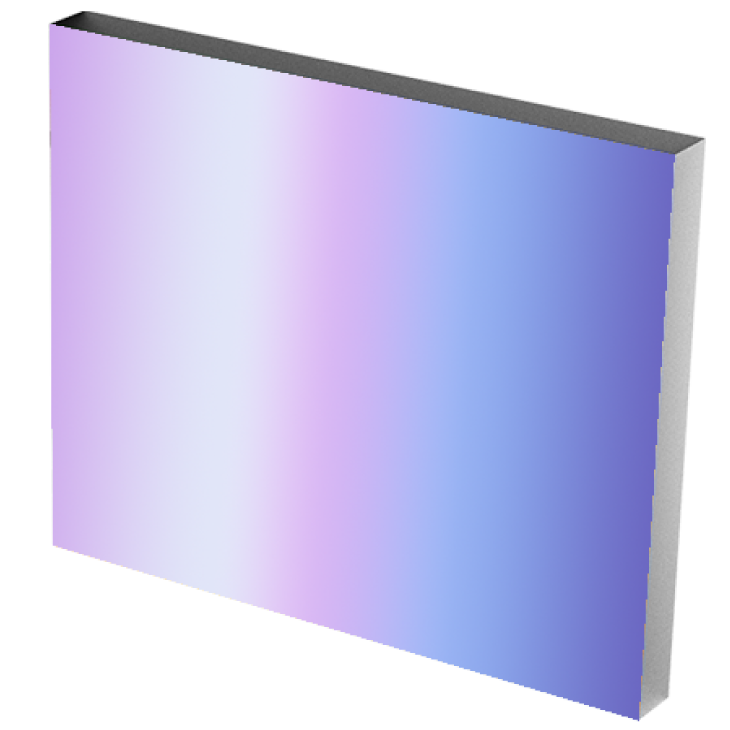





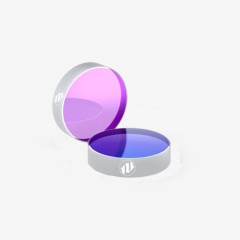
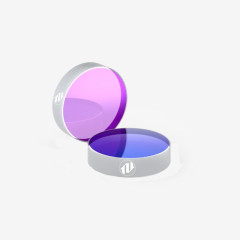
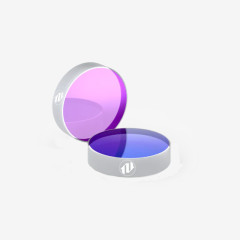
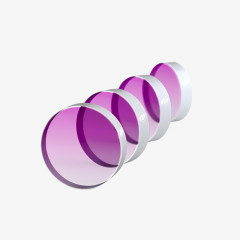
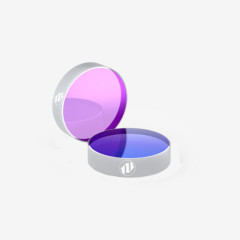
Product evaluation
%High praise
There are comments